Ukraine is trying to isolate the Crimean peninsula by attacking bridges, restricting the flow of supplies from Russia across the peninsula to the front line.
Ukraine on August 16 released a video of the country's self-made "Sea Baby" unmanned boat carrying an 850 kg warhead attacking the Crimean Bridge, connecting Russian territory with the Crimean peninsula on July 17. Two people were killed and part of the structure was damaged.
"Using unmanned boats, we carried out a successful attack on the Crimean bridge, as well as more recent attacks on Russian warships and tankers," said Vasyl Malyuk, head of the Security Service of Ukraine (SBU).
Ukraine rarely claims responsibility for attacks on Russian infrastructure in Crimea or inside Russia. However, the SBU chief appeared to be warning of a maritime threat to his Russian rival.
"We are conducting a number of remarkable new operations, including in the Black Sea. I promise they will be very interesting, especially for our enemies," Malyuk said.
Video released by SBU of attacks by Ukrainian drone boats. Video: CNN
The Crimean Bridge, also known as the Kerch Bridge, connects mainland Russia to the peninsula that Moscow annexed in 2014. Its strategic location has made it a target since the conflict began. Last October, a massive explosion on the Crimean Bridge collapsed two spans and killed five people. Russia at the time accused Ukrainian special forces of a "terrorist attack", although Kiev denied this.
Sergei Aksyonov, the Russian-appointed head of Crimea, said last week that two Ukrainian missiles had been shot down over the Kerch Strait. The Russian Defense Ministry accused Ukrainian forces of trying to attack the bridge. Ukraine has not commented on the attack.
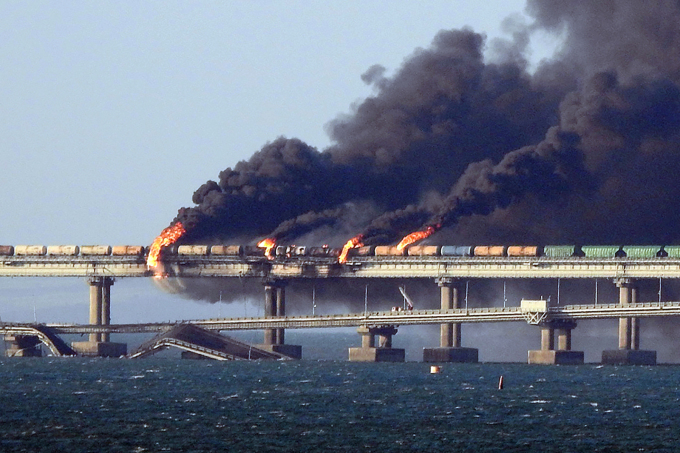
Smoke rises after the explosion of the Kerch bridge connecting Crimea with Russia on October 8, 2022. Photo: AFP
Observers say Ukraine's goal in targeting the Kerch bridge is to weaken Russia's position on the peninsula and prevent Moscow from supplying Russian forces in southern Ukraine.
After invading Ukraine in late February 2022, Moscow established and used the land corridor linking mainland Russia to the newly annexed territories of Donetsk, Lugansk, Kherson and Zaporizhzhia as a vital logistical route. However, long-range artillery supplied to Ukraine by the US last year has put much of that region within range, forcing Moscow to rely more heavily on the bridge over the Kerch Strait.
As the only road and railway route from Russia to the Crimean peninsula, the Kerch bridge helps Russia transport troops, equipment, fuel, and ammunition to serve the attack on Kherson and southern Ukraine.
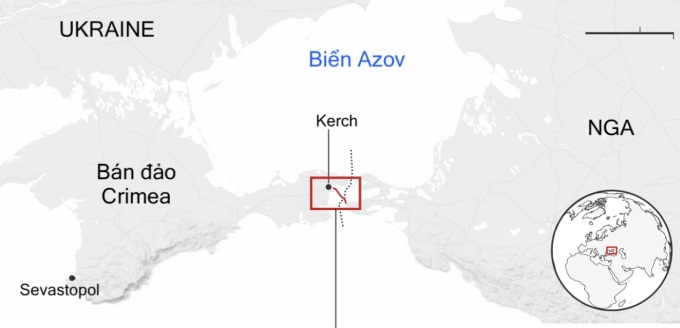
Location of the Kerch Strait Bridge connecting the Crimean peninsula and Russian territory. Graphic: Guardian
With hopes of a frontline breakthrough fading, a Western-backed long-range missile strike on the Crimean peninsula could be an option for Ukraine, according to Anastasiia Malenko and Isabel Coles, two analysts for the WSJ .
“When we can’t make progress on the front lines, the importance of such an offensive increases. Complicating things and buying time is beneficial to us,” said Mykola Bielieskov, a researcher at the Institute for National Strategic Studies in Kiev, a government-backed organization.
Ukrainian forces have retaken about 250 square kilometers of territory since launching a counteroffensive in early June. However, the advance has been hampered by dense minefields, multi-layered defenses and Russian air power.
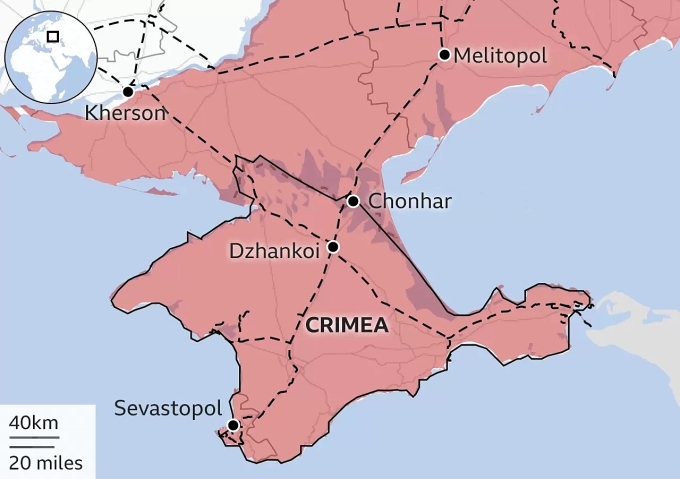
Location of Chonhar. Graphics: BBC
Not only does Kiev want to block the route from Russian territory to Crimea, it also aims at the route from Crimea to Russian-controlled southern Ukraine. Earlier this month, Ukraine launched a barrage of long-range missiles at the Chonhar Bridge, the most direct route connecting Crimea’s logistics hub at Dzhankoi with the front line in Zaporizhzhia.
An attack on the Chonhar bridge in June temporarily closed it, forcing Russian supply convoys to spend more time reaching the front line via alternative routes, according to the British Ministry of Defense. Within 24 hours of that attack, Russian authorities had erected a replacement pontoon bridge.
The alternative road near the town of Armyansk in Crimea is about 120 kilometers longer, meaning it will take Russian military convoys three hours longer to reach the front line, according to Oleksiy Melnyk, co-director of the International Security and Foreign Affairs Program at the Razumkov Center in Kiev.
“Logistics is not just about quantity but also about speed,” he said.
Alternative routes are also closer to Ukrainian positions on the west bank of the Dnieper and within artillery range. The risk can be mitigated by using smaller village roads to the northeast, but this takes longer to travel and requires more complex logistical support.
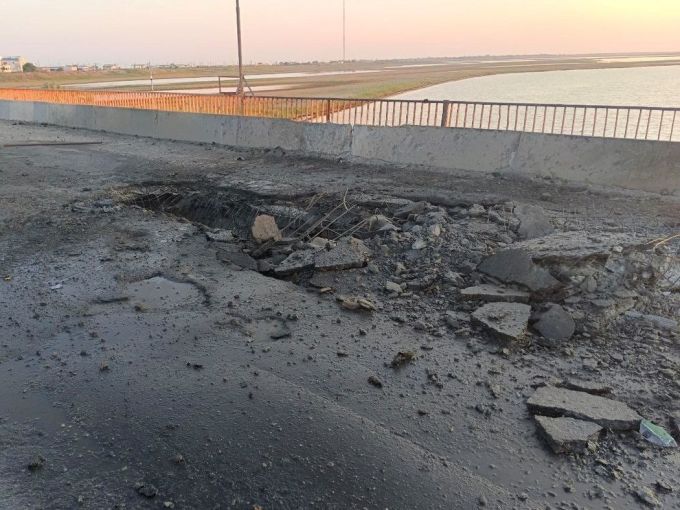
Damage to the Chonhar bridge connecting the Crimean peninsula with the Russian-controlled Kherson region in June. Photo: Reuters
Captain Anatoliy Kharchenko, commander of a reconnaissance team in southeastern Ukraine, said recent Ukrainian offensives have created changes on the front line. The logistical challenges have eroded Russia’s artillery advantage on the southern front.
Trent Telenko, a former Pentagon official, said the Ukrainian raids put pressure on Russia’s fuel supply lines. He said Moscow’s rail ferries and barges were valuable targets for Kiev.
“Logistics is everything from bread to tanks,” Melnyk said, citing the words of World War I commander of the American Expeditionary Force, John J. Pershing. “Soldiers win battles, logistics win wars.”
Thanh Tam (According to WSJ, Guardian )
Source link


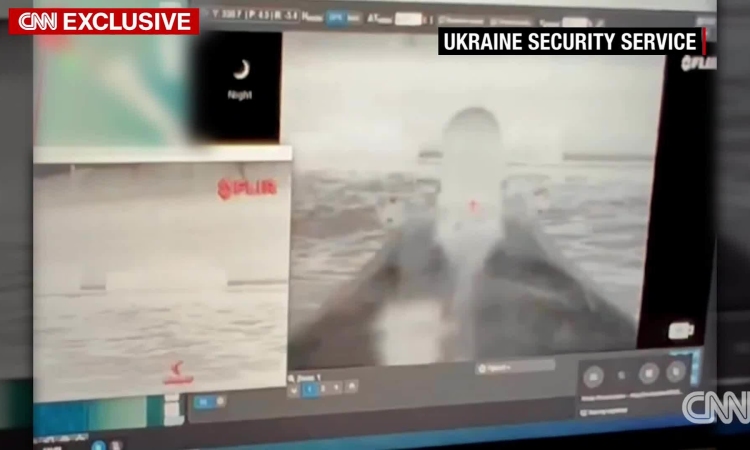
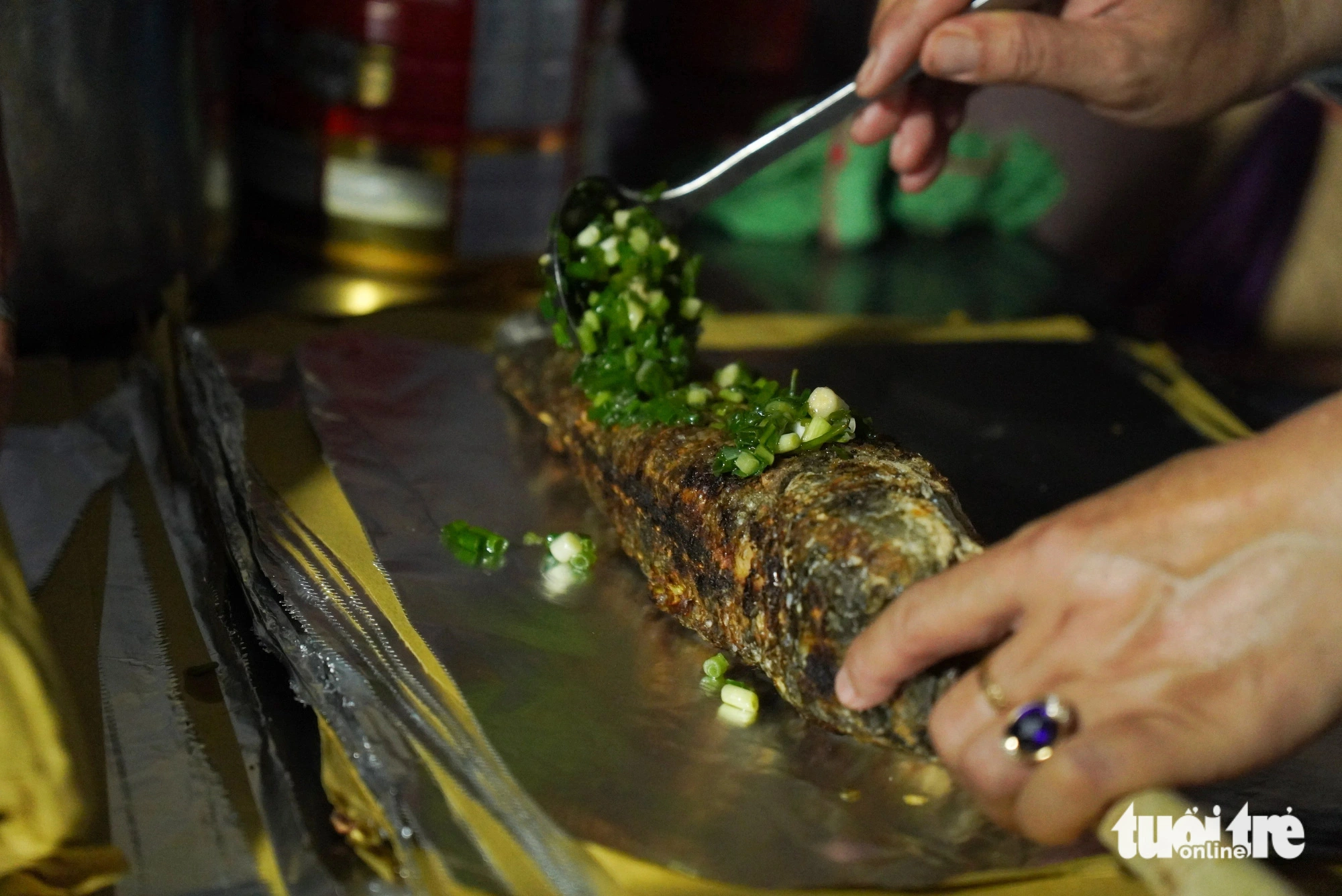


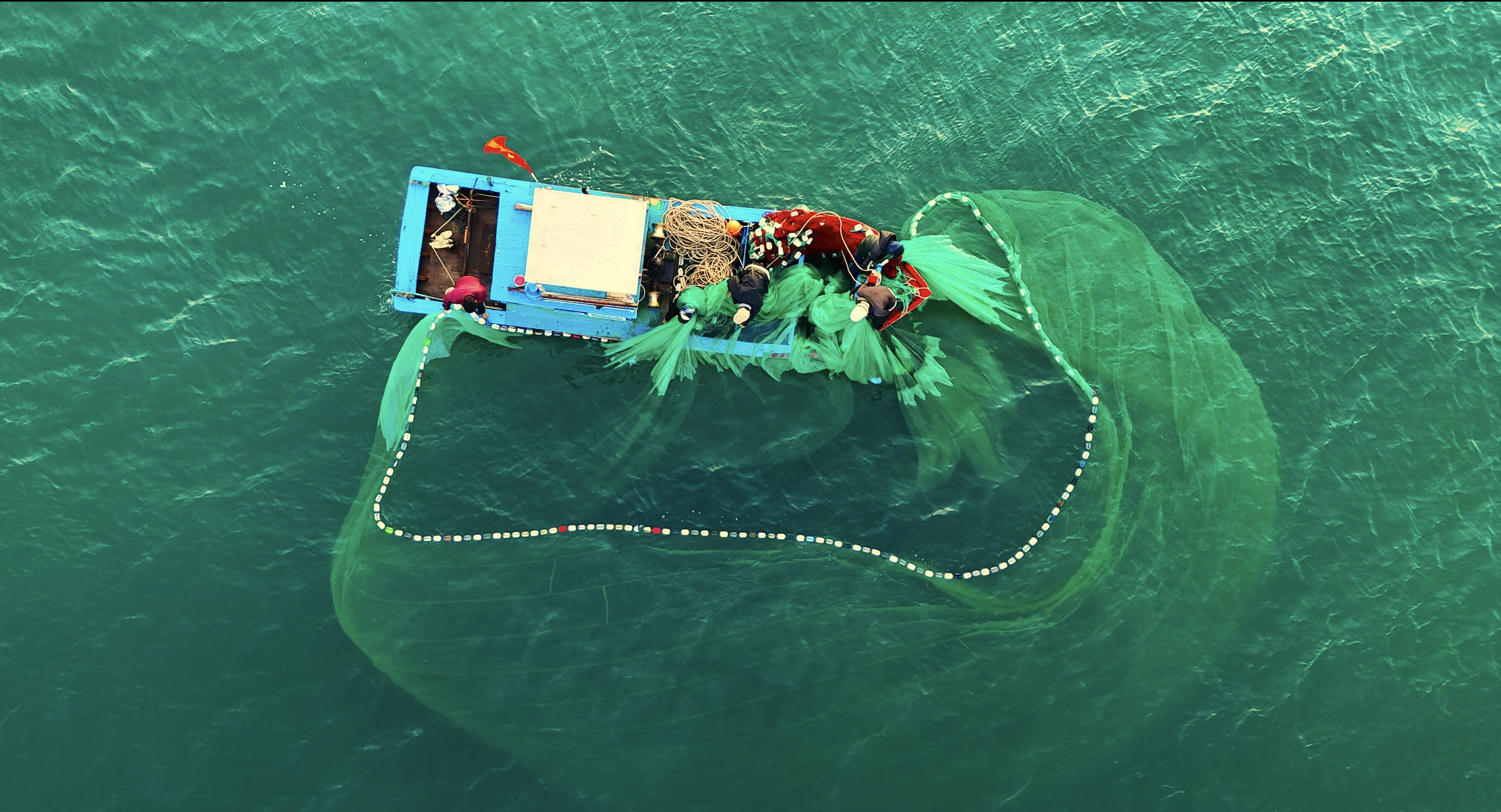
























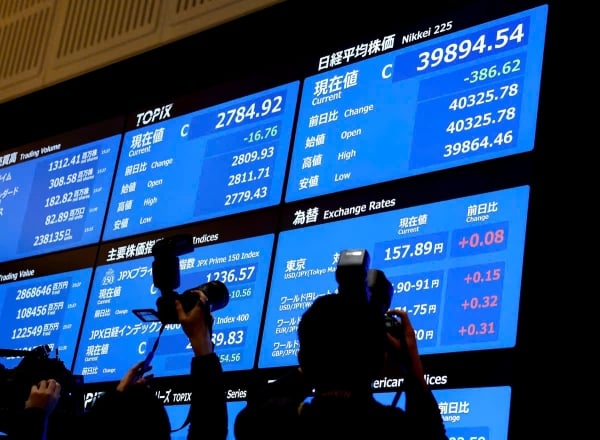

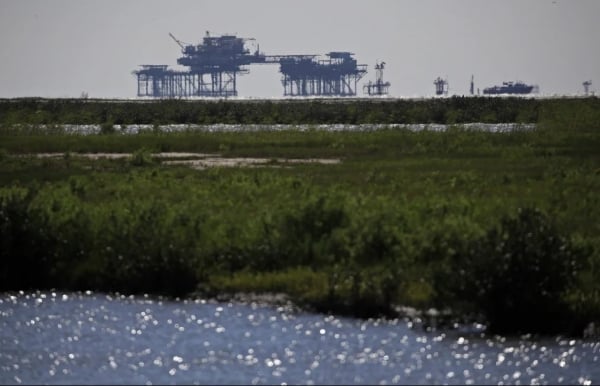


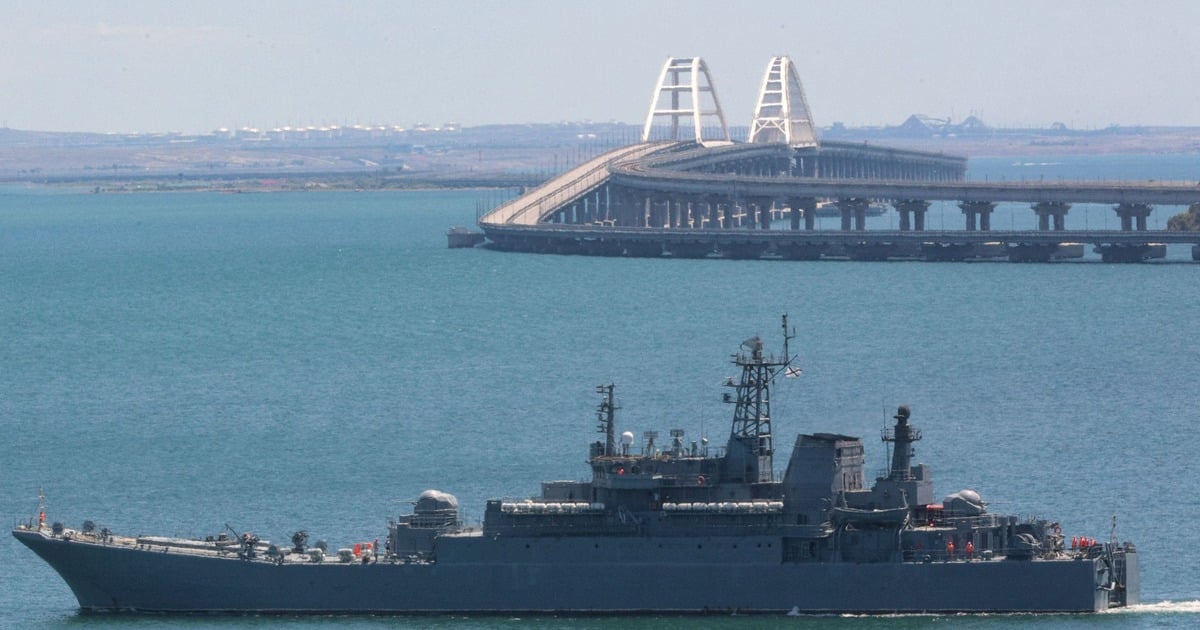

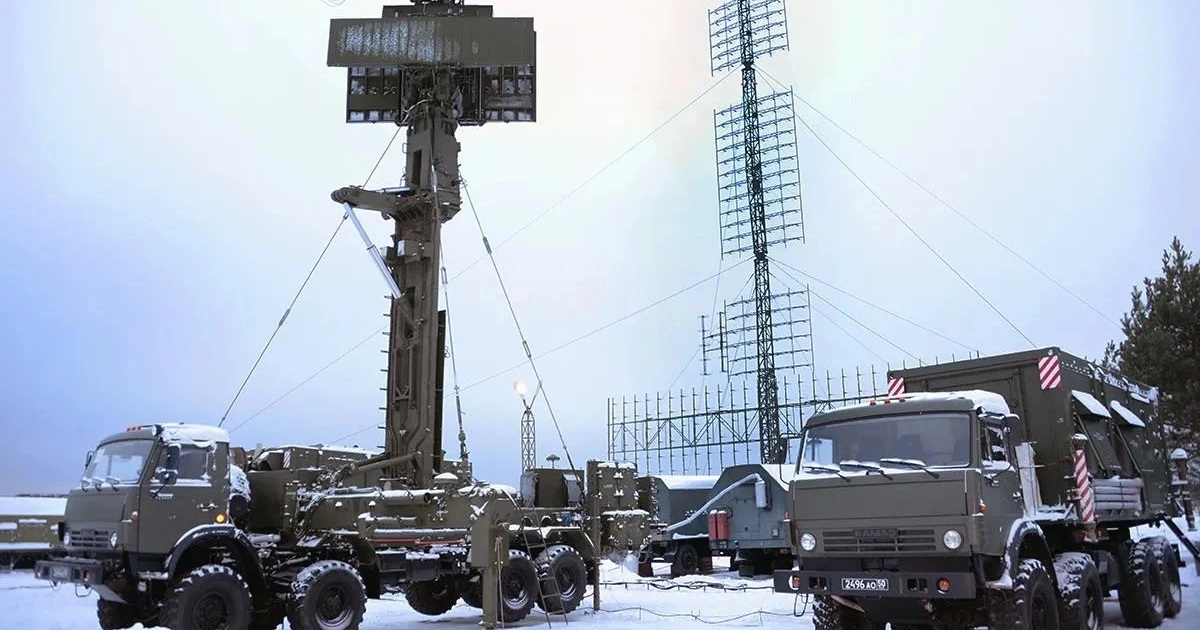


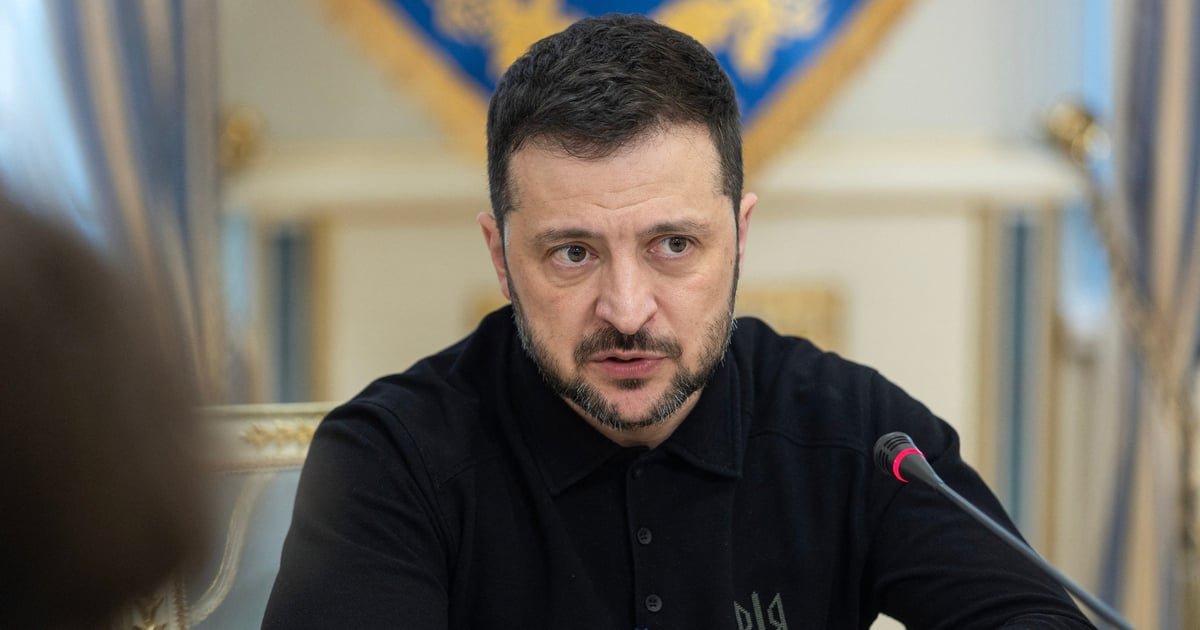
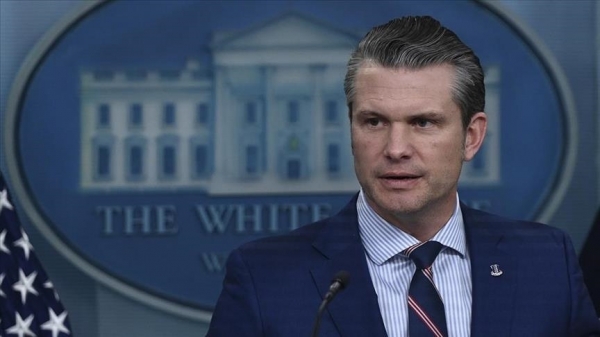

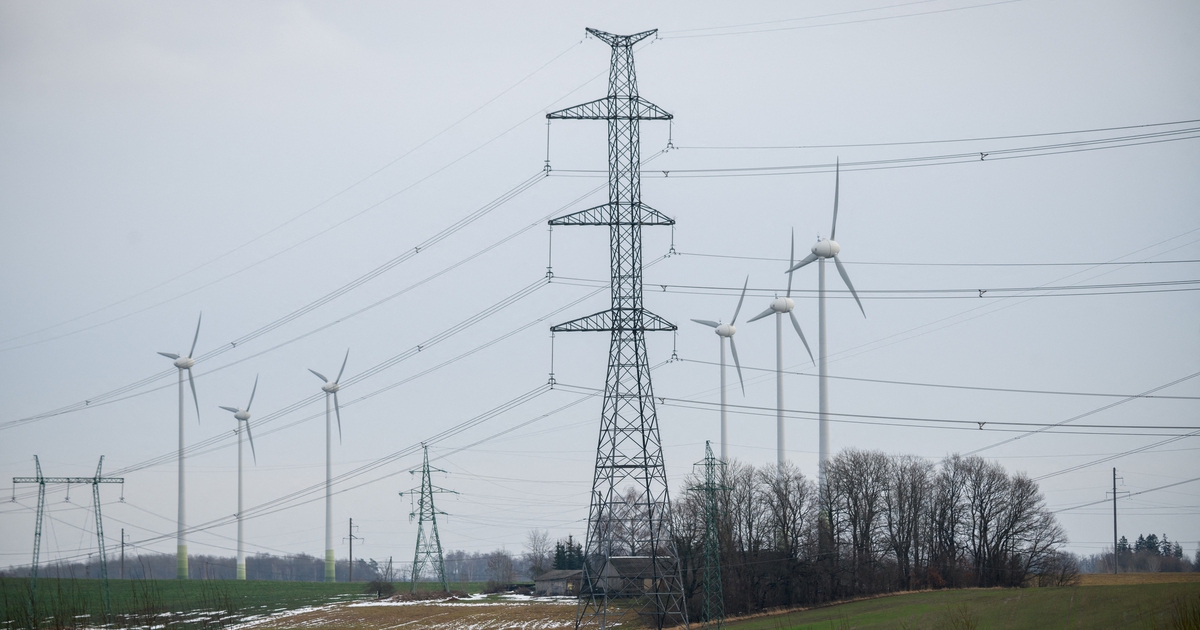
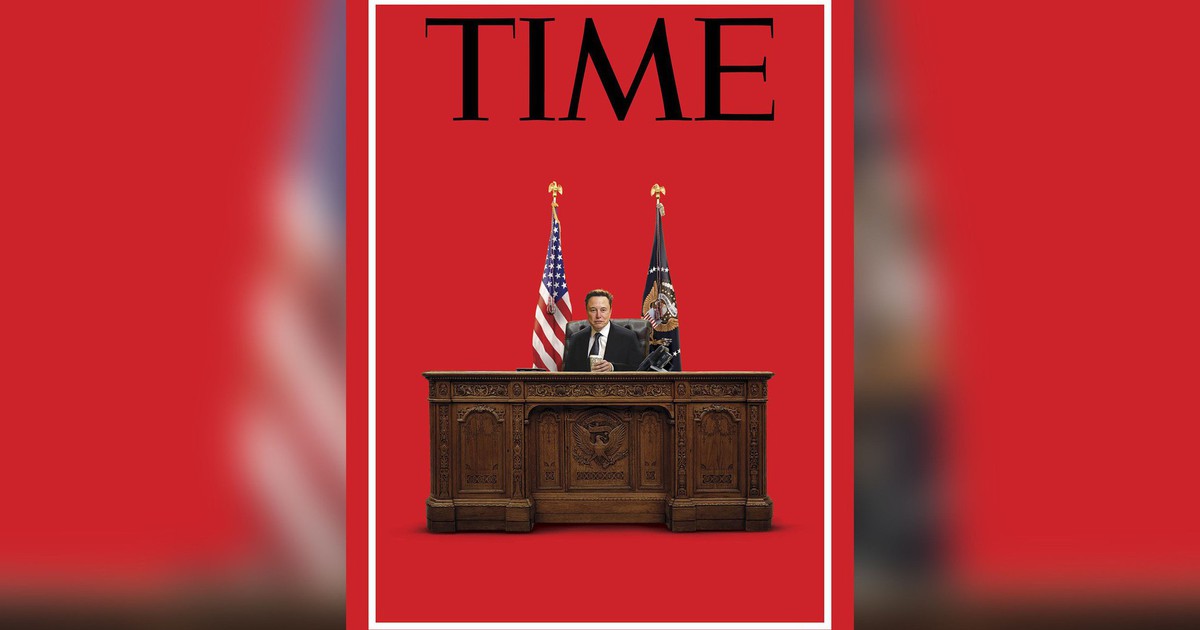
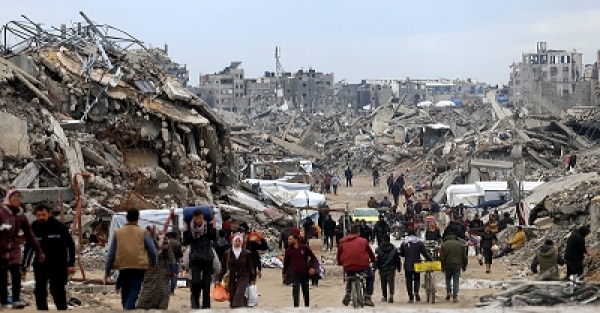
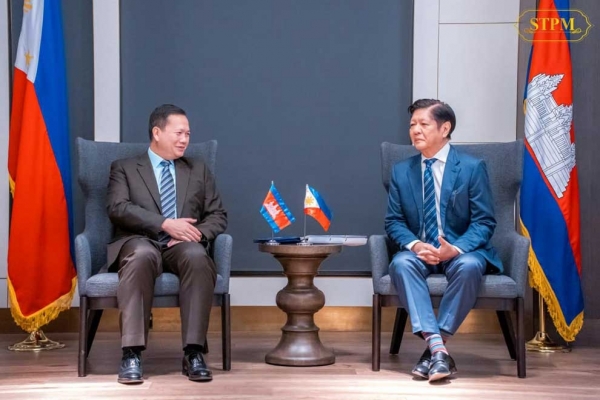








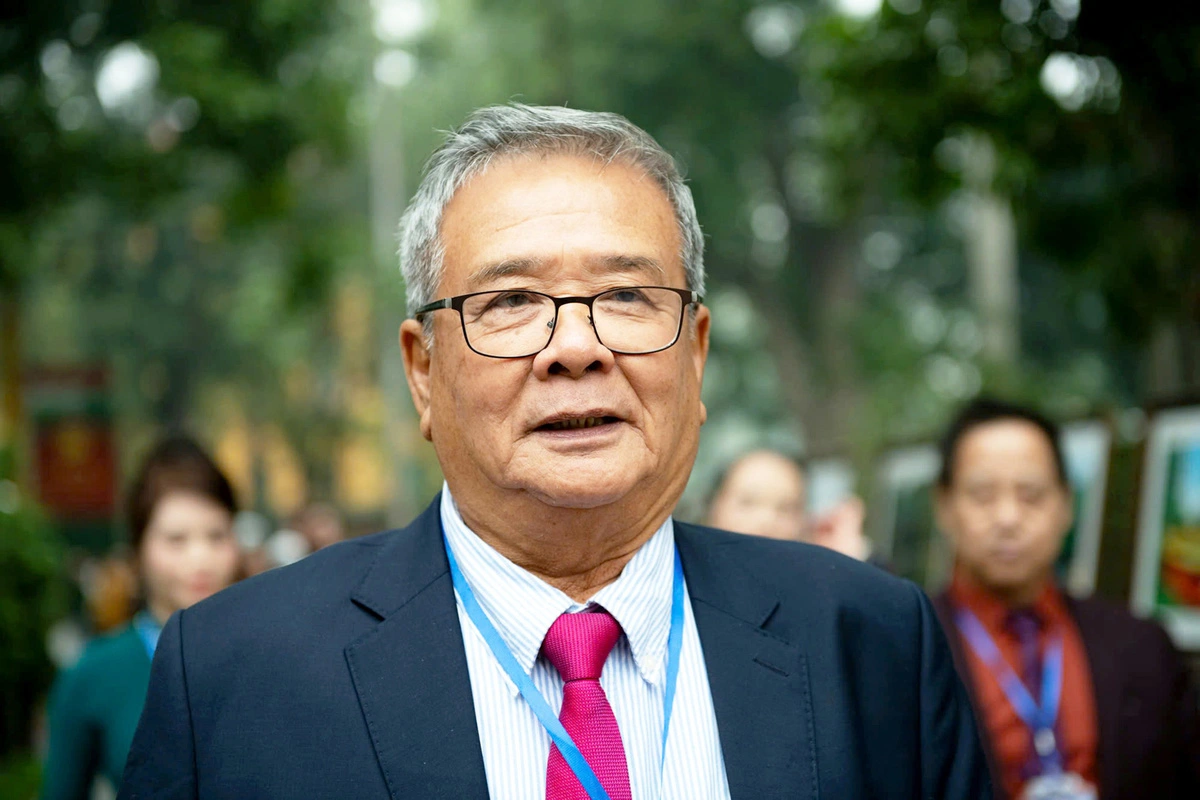











Comment (0)